Welcome to our detailed introduction to Pakistan. In this post, we will explore the beauty and richness of this amazing country. Let’s dive into its geography, history, culture, and much more.
Geography of Pakistan
Pakistan is located in South Asia. It shares borders with India, Afghanistan, Iran, and China. The Arabian Sea lies to its south. Pakistan has a diverse landscape. It includes mountains, plains, deserts, and a coastline.
Mountains
- Karakoram Range: Home to K2, the second-highest peak in the world.
- Himalayas: Extends into northern Pakistan.
- Hindu Kush: Located in the northwest.
Plains
The Indus River plain is a major agricultural area. It is one of the most fertile regions in the world.
Deserts
- Thar Desert: Located in southeastern Pakistan.
- Cholistan Desert: Found in Punjab province.
Coastline
Pakistan’s coastline stretches for about 1,046 kilometers along the Arabian Sea.

Credit: www.bbc.com
History of Pakistan
Pakistan has a rich and diverse history. It has been home to ancient civilizations and great empires.
Indus Valley Civilization
The Indus Valley Civilization is one of the oldest in the world. It flourished around 2500 BCE. Mohenjo-Daro and Harappa are famous archaeological sites from this era.
Islamic Conquests
Islam came to the region in the 7th century. The area became part of various Islamic empires, including the Mughal Empire.
British Rule
In the 19th century, the British Empire took control. The region became part of British India.
Independence
Pakistan gained independence on August 14, 1947. It was created as a separate nation for Muslims in the Indian subcontinent.
Culture of Pakistan
Pakistan has a rich and vibrant culture. It is influenced by various traditions and religions.
Languages
Urdu is the national language. English is widely used for official purposes. There are many regional languages, including Punjabi, Sindhi, Pashto, and Balochi.
Festivals
- Eid-ul-Fitr: Celebrated at the end of Ramadan.
- Eid-ul-Adha: Commemorates the willingness of Ibrahim to sacrifice his son.
- Basant: A spring festival marked by kite flying.
Food
Pakistani cuisine is diverse and flavorful. It includes a mix of spicy and savory dishes.
- Biryani: A rice dish with meat, spices, and vegetables.
- Nihari: A slow-cooked stew with meat and spices.
- Chapli Kebab: A minced meat patty with spices.
Clothing
Traditional clothing includes Shalwar Kameez. Men and women both wear it. Women also wear Dupatta or scarves. In some regions, women wear Burqa or Hijab.
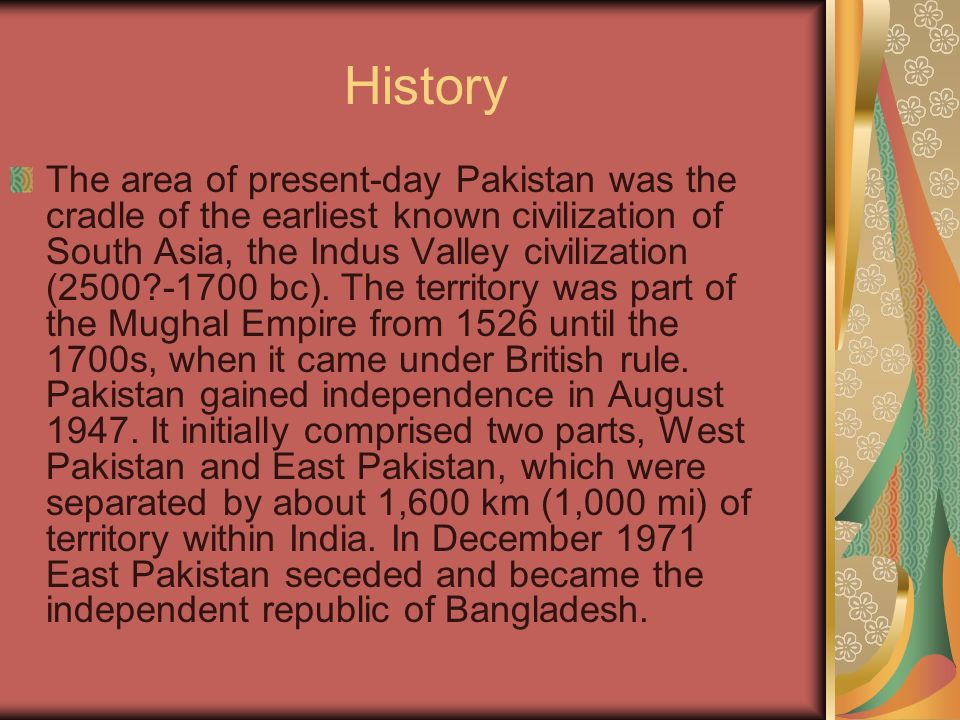
Credit: slideplayer.com
Economy of Pakistan
Pakistan has a mixed economy. It includes agriculture, industry, and services.
Agriculture
Agriculture is a major part of the economy. Key crops include wheat, rice, cotton, and sugarcane.
Industry
Pakistan has a growing industrial sector. Key industries include textiles, cement, and chemicals.
Services
The services sector is also important. It includes banking, telecommunications, and retail.
Tourism in Pakistan
Pakistan is a beautiful country with many tourist attractions. It offers a variety of landscapes and historical sites.
Natural Beauty
- Hunza Valley: Known for its stunning scenery and friendly people.
- Swat Valley: Often called the “Switzerland of the East.”
- Fairy Meadows: A beautiful meadow with views of Nanga Parbat.
Historical Sites
- Taxila: An ancient city with ruins from different eras.
- Badshahi Mosque: A grand mosque in Lahore built by the Mughals.
- Rohtas Fort: A UNESCO World Heritage site.
Education in Pakistan
Education is vital for Pakistan’s development. The country has both public and private educational institutions.
Schools
There are many primary and secondary schools. They offer education in various languages, including Urdu and English.
Higher Education
Pakistan has many universities. Some are internationally recognized, such as:
- University of the Punjab
- Quaid-i-Azam University
- Lahore University of Management Sciences (LUMS)
Sports in Pakistan
Sports are an important part of Pakistani culture. Cricket is the most popular sport.
Cricket
Pakistan’s national cricket team is famous. They have won international tournaments, including the World Cup.
Hockey
Field hockey is also popular. Pakistan’s national team has won several Olympic medals.
Other Sports
- Football
- Squash
- Kabaddi
Frequently Asked Questions
What Is The Capital Of Pakistan?
Islamabad is the capital city of Pakistan.
What Language Is Spoken In Pakistan?
The official language is Urdu, but many also speak English.
What Currency Is Used In Pakistan?
The currency used is the Pakistani Rupee (PKR).
What Is The Population Of Pakistan?
Pakistan has a population of over 220 million people.
Conclusion
Pakistan is a country with a rich history, diverse culture, and beautiful landscapes. It has much to offer to its people and visitors. We hope this detailed introduction has given you a better understanding of Pakistan.
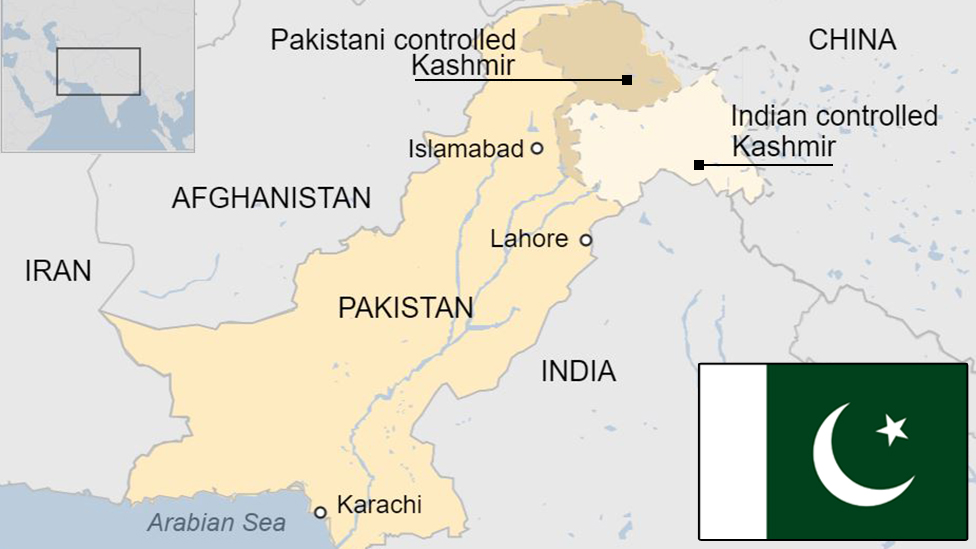

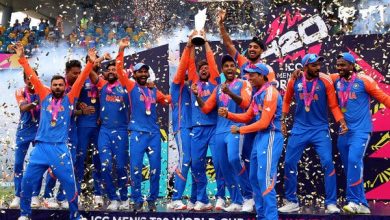 India National Cricket Team: Dominating the World of Cricket
India National Cricket Team: Dominating the World of Cricket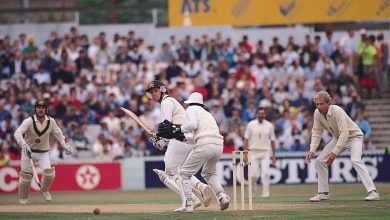 Australian Men’s Cricket Team – Cricket Team: Dominating the Pitch
Australian Men’s Cricket Team – Cricket Team: Dominating the Pitch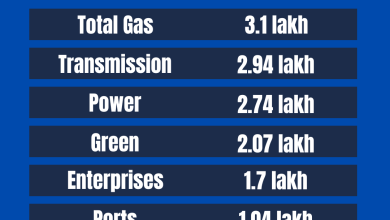 What Happened Adani Shares Today
What Happened Adani Shares Today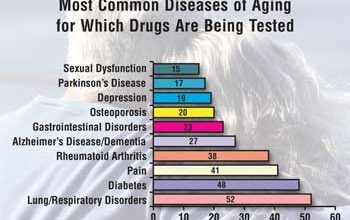 50 Different Common Diseases.
50 Different Common Diseases.